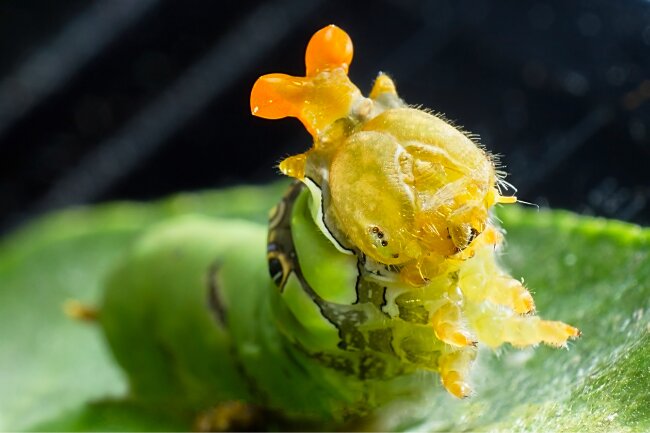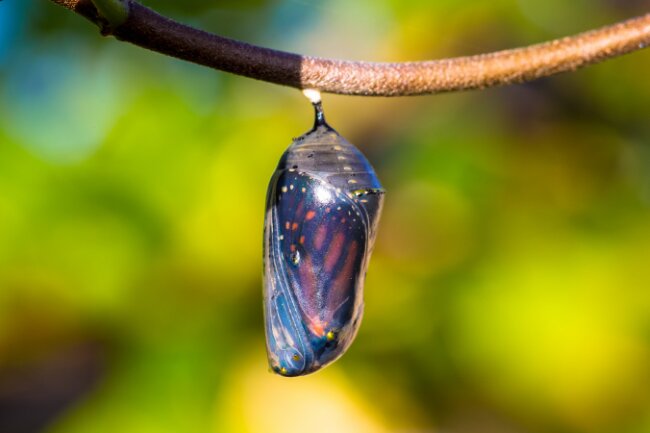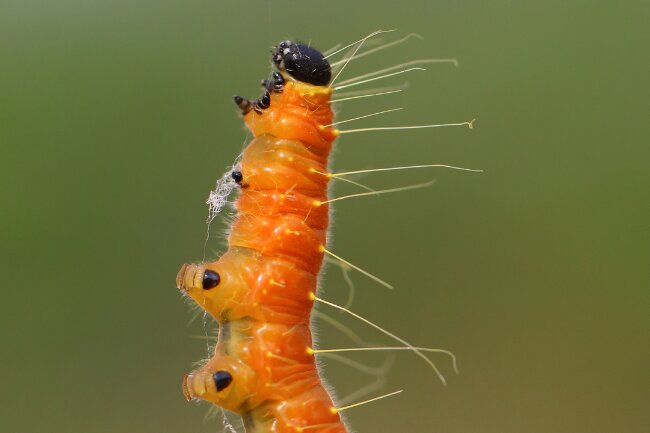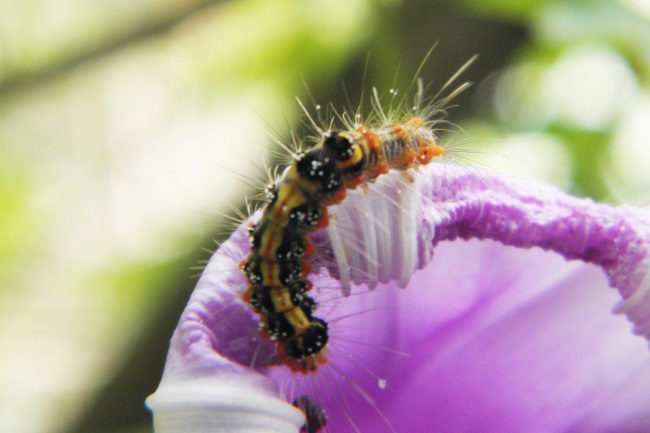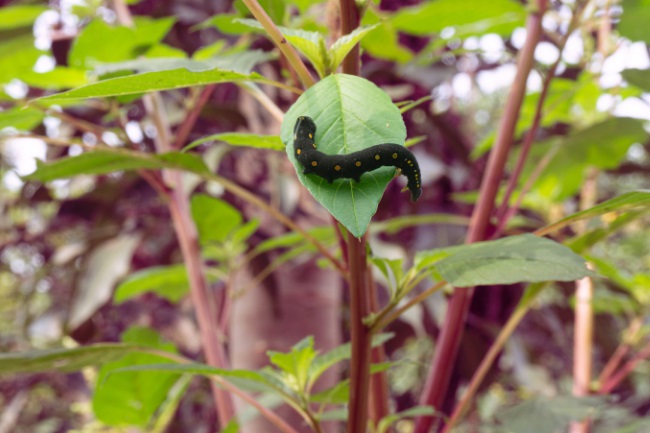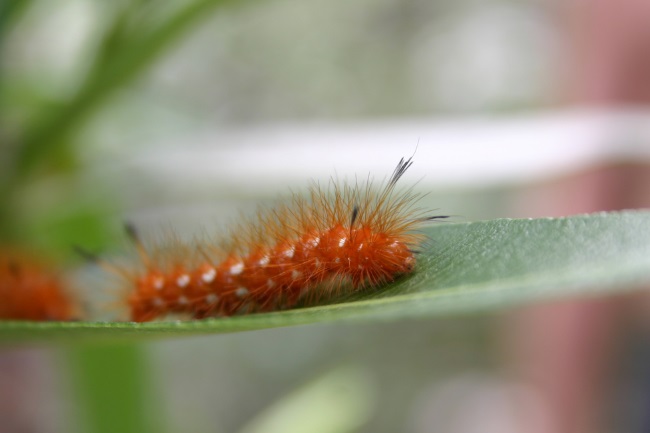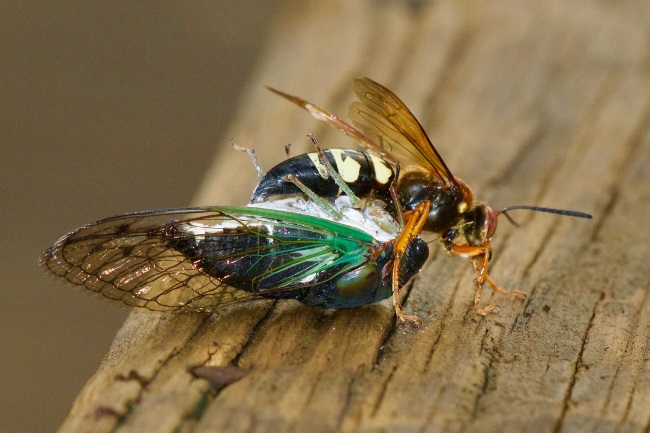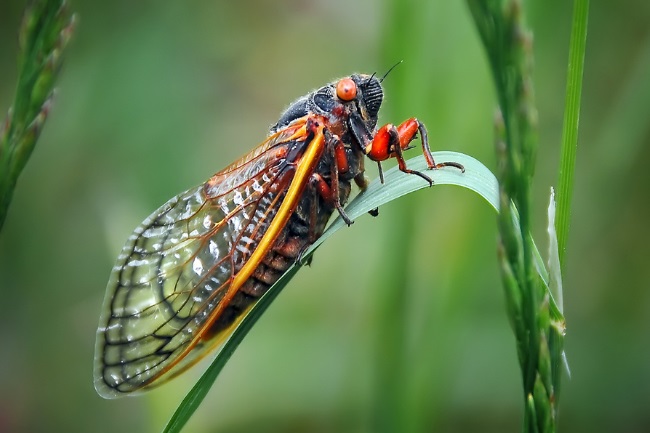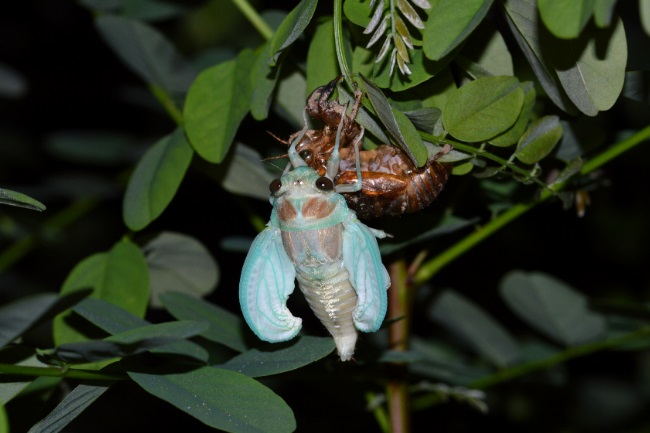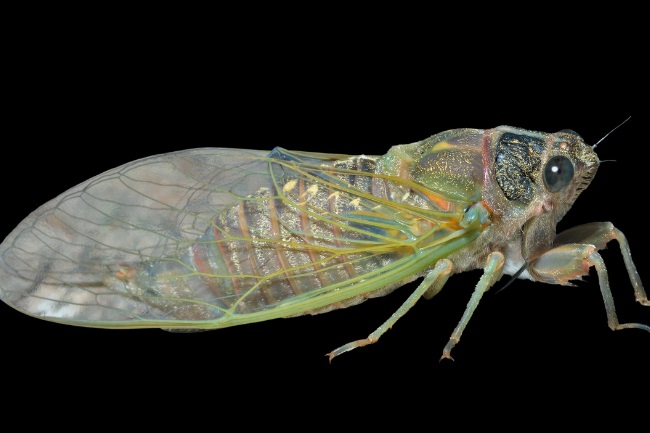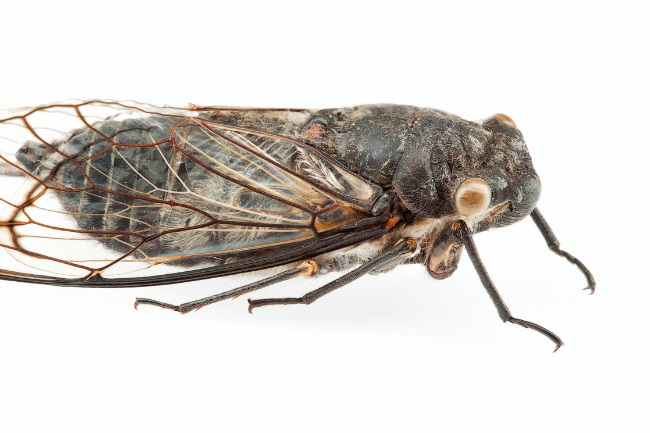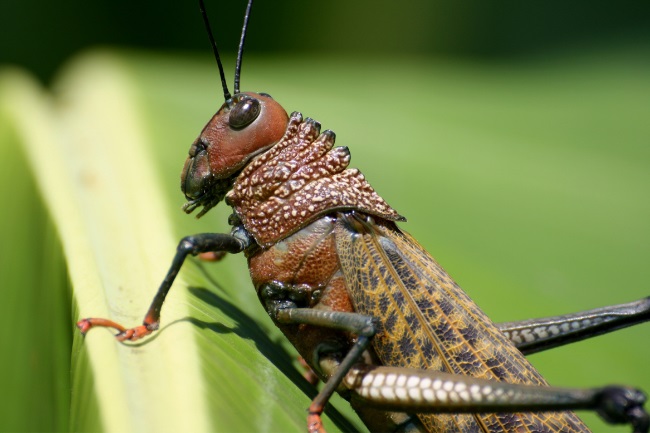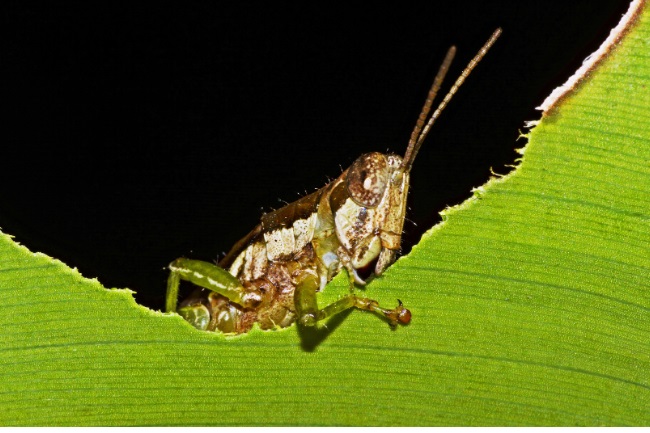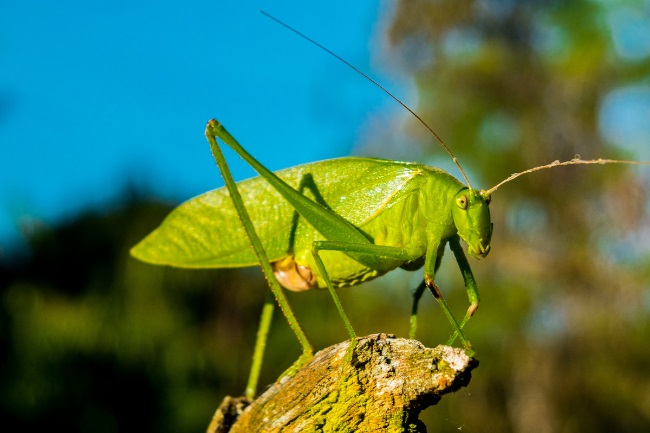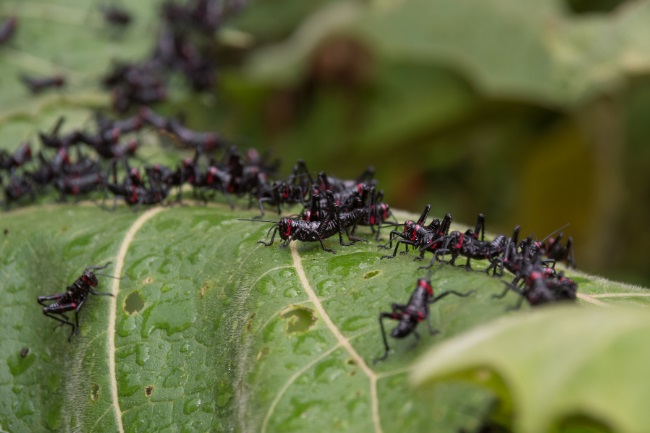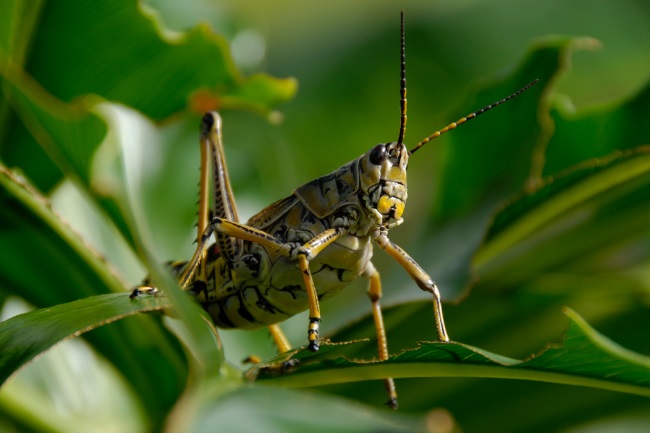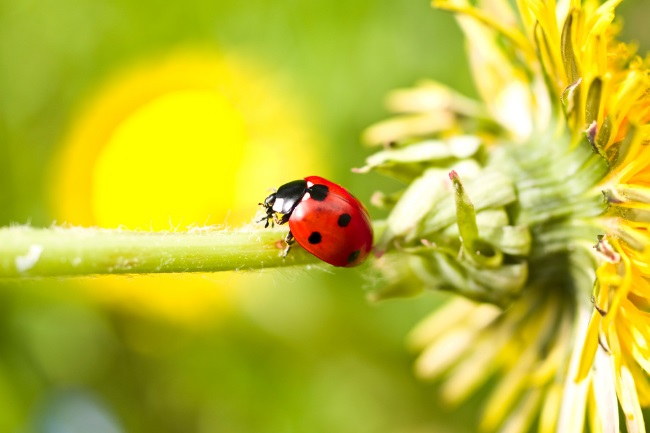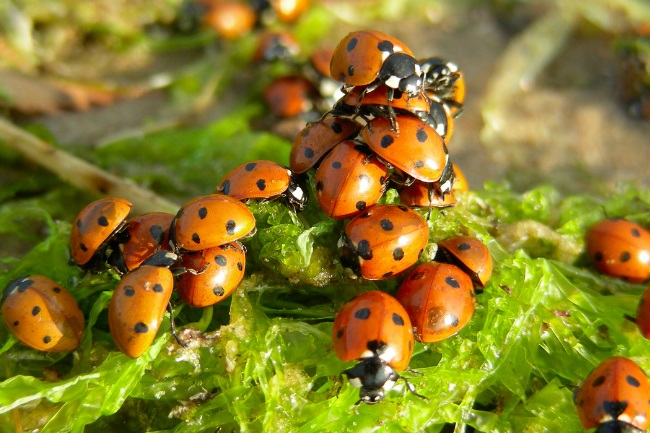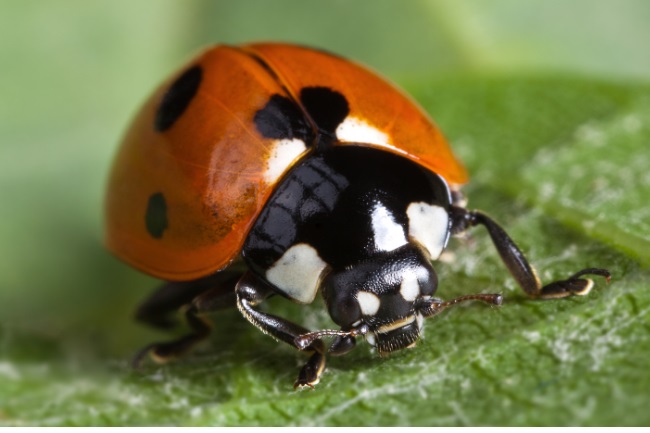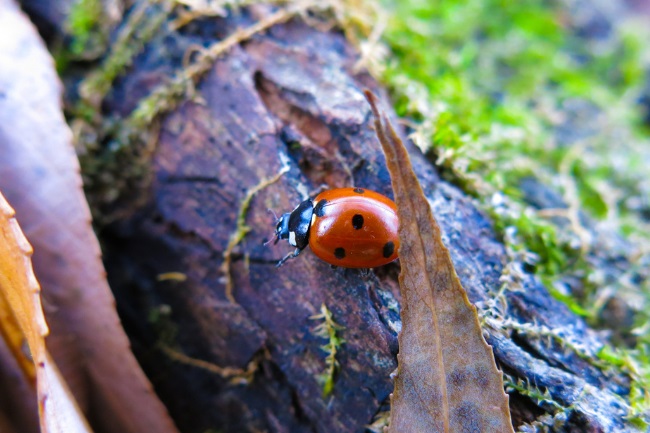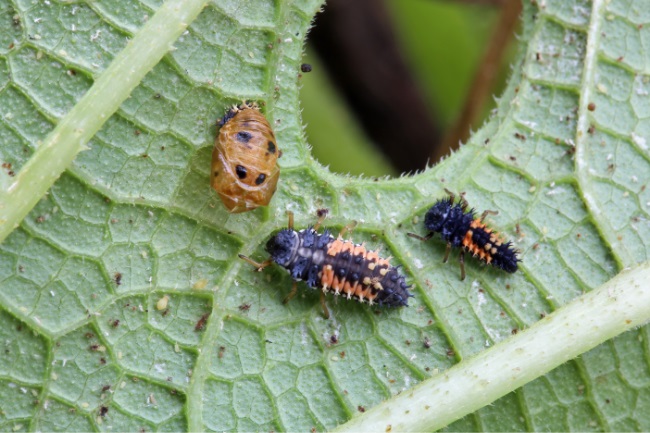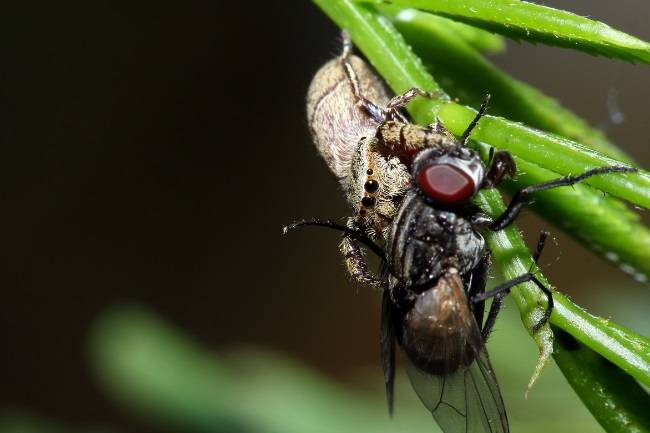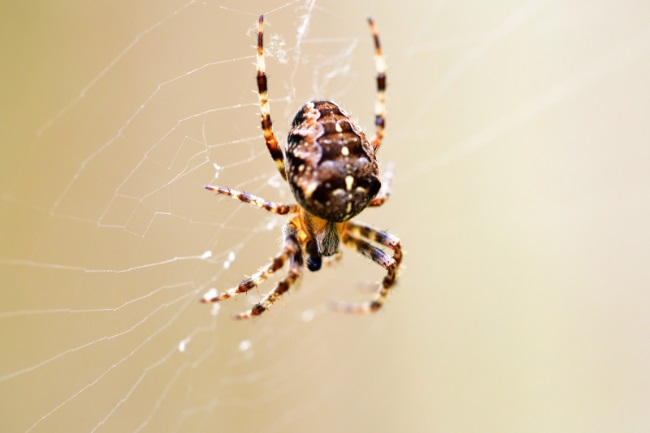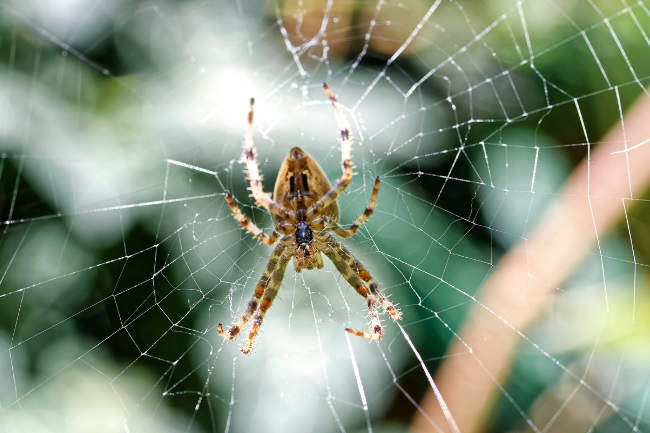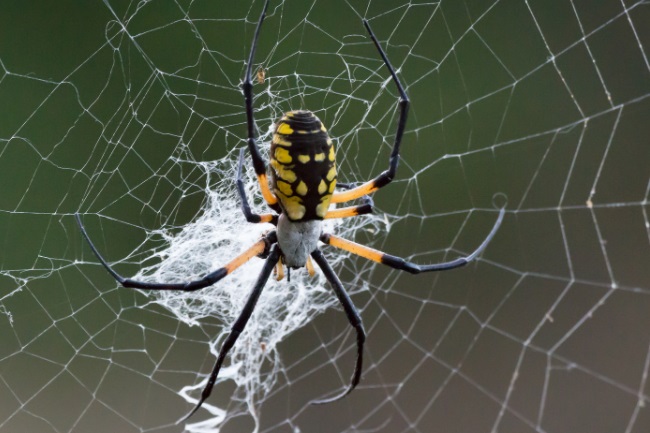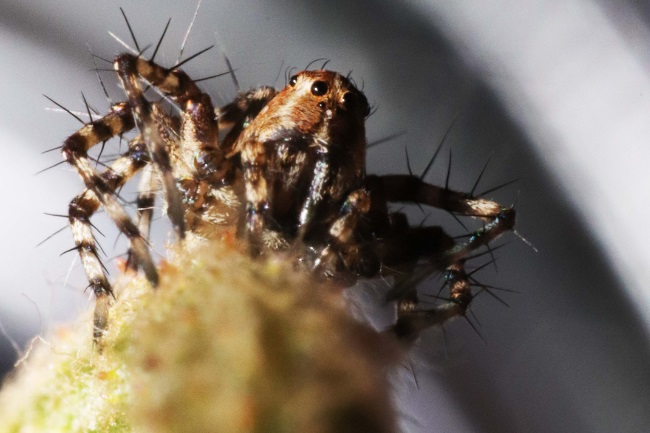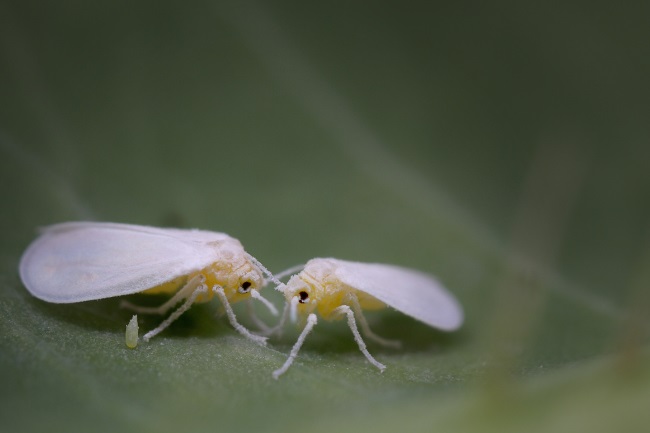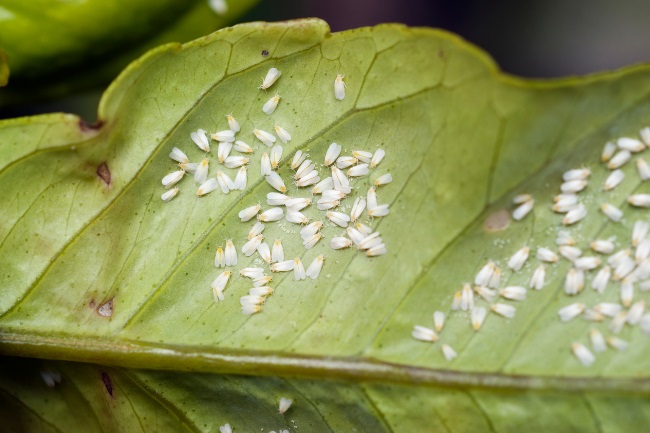This is often the habitat of beetles, ladybugs, grasshoppers, and spiders that build their webs there.
More About Caterpillars
Caterpillars are the larval stage of butterflies and moths, characterized by their long, segmented bodies and numerous legs. They are voracious eaters, feeding primarily on plant leaves, and undergo a remarkable transformation called metamorphosis as they develop into adult winged insects.
More About Cicadas
Cicadas are large insects known for their buzzing and whirring sounds, which are produced by the males to attract mates. They spend most of their lives underground as nymphs, emerging as adults for a brief period to mate and lay eggs before completing their life cycle.
More About Grasshoppers
Grasshoppers are insects with long hind legs adapted for jumping and wings that enable them to fly. They are herbivores, feeding on plant materials, and their distinctive chirping sound is produced by rubbing their legs or wings together, serving as a means of communication and courtship.
More About Ladybugs
Ladybugs, also known as ladybirds or lady beetles, are small, colorful beetles with rounded bodies and distinctive spots or patterns. They are beneficial insects, feeding primarily on aphids and other garden pests, making them valuable natural predators for plant protection in gardens and agricultural settings.
More About Spiders
Grassland spiders are arachnids that inhabit open grassy areas, such as prairies and savannas. They weave intricate webs to capture prey, which often include insects found in grasslands, contributing to the balance of the ecosystem by controlling insect populations and serving as a vital part of the grassland food web.
More About Whiteflies
Whiteflies are small, sap-sucking insects that are typically found in clusters on the undersides of leaves. They are known for their white, powdery appearance and can cause damage to plants by feeding on their sap, potentially leading to stunted growth, leaf yellowing, and the transmission of plant diseases.
Common Questions
What is the purpose of the leaves and stems layer in plants, and how do animals interact with it?
The leaves and stems layer in plants serves several purposes, including photosynthesis, nutrient transport, and structural support. Animals interact with this layer by feeding on leaves, using stems for perching or nesting, and pollinating flowers located on the stems.
Which animals are commonly found living on or within the leaves and stems layer of plants?
Animals commonly found in the leaves and stems layer include insects such as butterflies, bees, and grasshoppers, as well as spiders, birds, and certain small mammals like tree-dwelling rodents.
How do herbivorous animals utilize the leaves and stems layer as a food source?
Herbivorous animals feed directly on the leaves and stems of plants, extracting nutrients and energy from them. They may consume the entire leaf or selectively feed on certain parts, depending on their feeding preferences and adaptations.
What types of shelter or nesting opportunities do the leaves and stems provide for animals?
The leaves and stems of plants can provide shelter and nesting opportunities for various animals. Insects like caterpillars often construct silk shelters within leaves, while birds may build nests among the branches and foliage of tree stems.
Are there any specialized adaptations of animals for living on or within the leaves and stems layer?
Yes, many animals have specialized adaptations for living in the leaves and stems layer. Examples include camouflaging coloration to blend with foliage, adaptations for climbing and perching, or specialized mouthparts for feeding on plant tissues.
How do animals contribute to the health and growth of plants through their interactions with leaves and stems?
Animals can contribute to the health and growth of plants through their interactions with leaves and stems. Pollinators facilitate plant reproduction by transferring pollen between flowers, while certain herbivores help prune plants, promoting new growth and branching.
What are some examples of mutualistic relationships between animals and the leaves and stems layer?
One example of a mutualistic relationship is the pollination process, where animals obtain nectar or pollen as a food source from flowers on the leaves and stems layer while inadvertently aiding in plant reproduction by carrying pollen between flowers.
How do animals that inhabit the leaves and stems layer contribute to plant pollination?
Animals such as bees, butterflies, and birds play a vital role in plant pollination. As they feed on nectar or collect pollen from flowers on the leaves and stems layer, they transfer pollen grains between flowers, enabling fertilization and seed production.
What role do decomposers play in the breakdown of leaves and stems, and which animals fulfill this role?
Decomposers, including certain insects and microorganisms, play a crucial role in breaking down leaves and stems after they fall from plants. Insects like beetles and woodlice, as well as fungi and bacteria, aid in the decomposition process, returning nutrients to the soil.
What are the effects of herbivory on the leaves and stems layer, and how do plants defend against it?
Herbivory can have various effects on the leaves and stems layer, including reduced photosynthesis, growth inhibition, and physical damage. Plants employ defense mechanisms such as thorns, spines, toxic chemicals, or producing extra leaves to compensate for herbivory.

